
U.S. President Donald Trump shakes hands with Chinese President Xi Jinping after a joint press conference at the Great Hall of the People, Thursday, Nov. 9, 2017, in Beijing. Trump is on a five-country trip through Asia traveling to Japan, South Korea, China, Vietnam and the Philippines. (AP Photo/Andy Wong)
There apparently is a rule in journalism that states it is unprofessional to go for more than 24 hours without manufacturing a faux-scandal concerning President Trump.
If you recall, during the Japan visit the media spread two blatant and easily disprovable lies: the “fish flap” and the content of Trump’s speech to Japanese business leaders.
Today we have another. CNN, naturally, ran a story in which they claimed that Trump broke from decades of tradition by participating in a news conference with a Chinese president in which there were no questions.
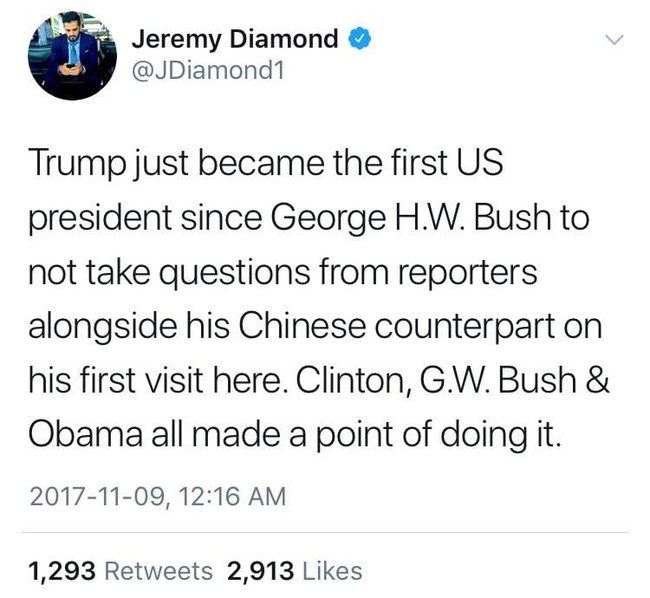
Chinese Presidents haven't wanted to do it with those 3 US presidents either. But the White House made a point of insisting they take at least one question each in the past. https://t.co/bPMLBk5ZCt
— Jeremy Diamond (@JDiamond1) November 9, 2017
And Obama’s fellatisto, Jay Carney had to weigh in with what kind of a studmuffin he was as press secretary and the gutsy calls he made:
The Chinese try this every time. It’s a test of will and principle. Letting them dictate press access is an embarrassing capitulation. https://t.co/uIaEWhcpgF
— Jay Carney (@JayCarney) November 9, 2017
I once had to tell Chinese officials that Pres. Obama would not show up for the press avail unless there would be a Q&A. They backed down. https://t.co/Z2LdwSYK9k
— Jay Carney (@JayCarney) November 9, 2017
And then the peanut gallery
China isn’t supposed to have a say about press access. Previous press secs used to fight with Chinese counterparts for press access when in China. Witnessed personally. https://t.co/IWMgOoy7ZB
— Chuck Todd (@chucktodd) November 9, 2017
No questions taken at the Trump-Xi joint press conference, a departure from the norm. Xi dubbed the trip a "success" for new consensuses between the countries on bilat issues, while Trump appeared to tone down remarks on both NK & trade tensions.
— Sarah Zheng 鄭雅儒 (@_szheng) November 9, 2017
Media line up three hours early for the Trump Xi ‘press conference’ at the Great Hall of the People where neither is expected to take any questions pic.twitter.com/Mlw1GlHgB1
— Ananth Krishnan (@ananthkrishnan) November 9, 2017
If Trump and Xi aren’t taking questions, the traveling press corps should boycott the press conference.
— Ely Ratner (@elyratner) November 9, 2017
Then came the walk back.
CNN White House reporter tweets false info on Trump: 1,200 retweets
Doesn’t delete it, tweets clarification: 37 retweets pic.twitter.com/wksMgBP7iy
— Harry Khachatrian (@Harry1T6) November 9, 2017
https://twitter.com/BecketAdams/status/928643562916470785
And in the CNN article:
CORRECTION: This story has been updated to reflect neither Trump nor President Barack Obama took questions alongside his Chinese counterpart during their first visit to the country. A previous version misstated that Obama had.
At some point the volume of errors, especially errors that run in one political direction, build up until you have to conclude that there is what amounts to a conscious decision to report stories that simply are not true because it is known that the initial harmful or narrative-building story gets a lot of readers and the correction gets virtually none. The CNN reporter’s tweet was wrong and seems to have been knowingly wrong–either that or CNN has zero news research capability. And yet, it was sent anyway. Once it was sent Jay Carney, who knew the tweet was false, chimed in to push the story. Chuck Todd, who was in the news business at the time, has to have some recollection of events but pushed the fake story, too. The fake story created a brief wonder on Twitter, the story was picked up by several other outlets, and the retraction was after the damage had been done. So you can have your journalistic hit job and claim the moral high ground by tweeting and publishing a correction no one will read.

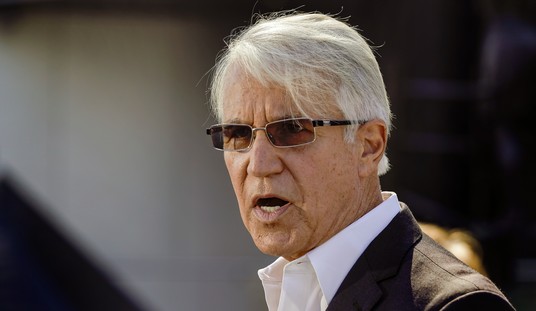
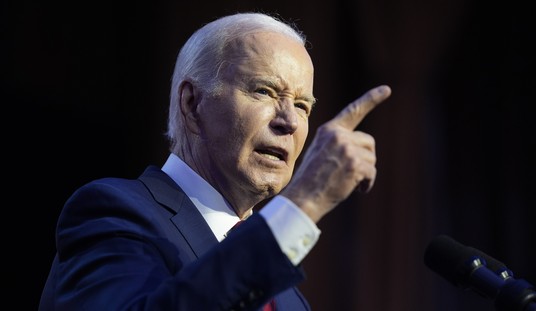

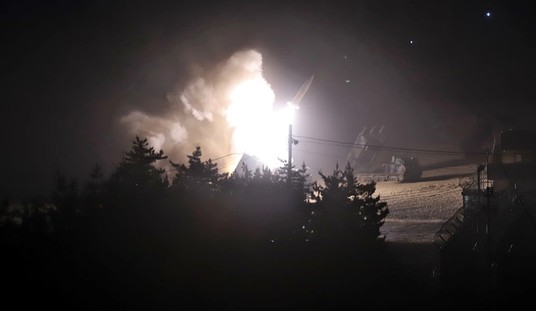

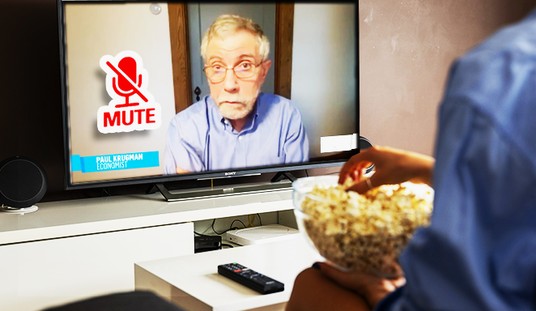
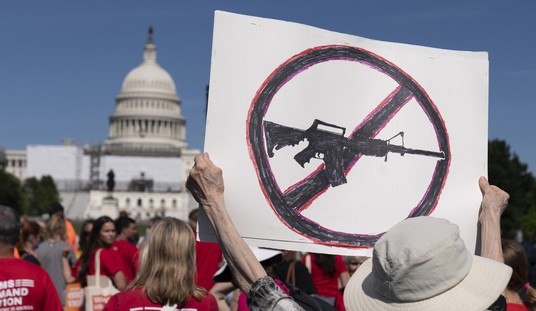
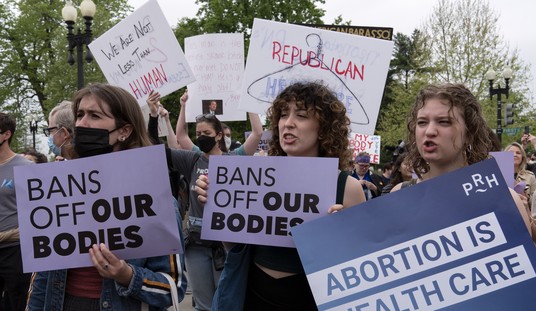
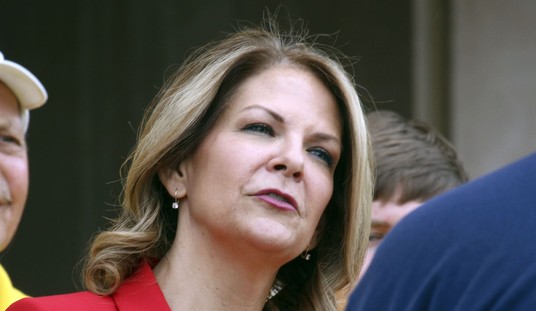



Join the conversation as a VIP Member